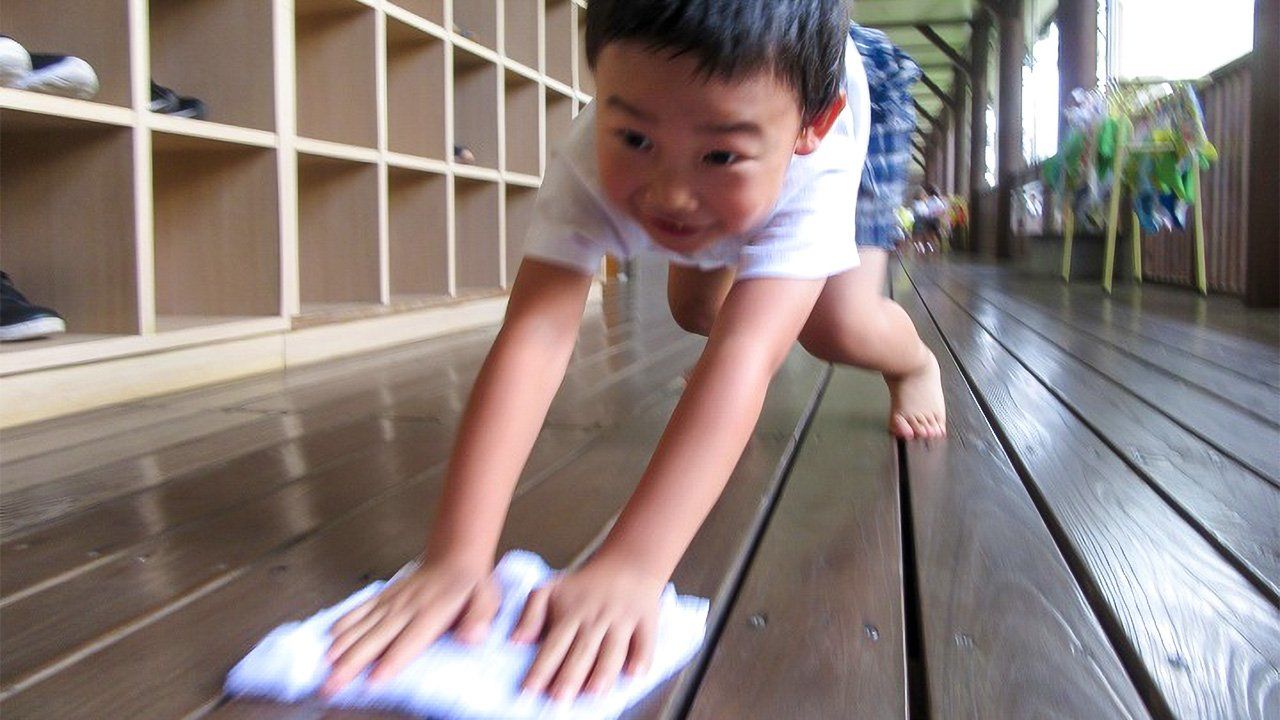
A Journey Through Japanese Haiku
Autumn Sole
Culture Environment Lifestyle- English
- 日本語
- 简体字
- 繁體字
- Français
- Español
- العربية
- Русский
秋や今朝一足に知るのごひえん 重頼
Aki ya kesa / hitoashi ni shiru / nogoien
Autumn’s first morning!
One step on the wiped-clean
veranda tells me so(Poem by Shigeyori, written in 1680.)
Shigeyori was a Kyoto poet. Born in 1602, he published many books of haiku before his death in 1680.
The poem expresses wonder at the arrival of autumn; in the traditional calendar, Risshū, the first day of autumn, takes place in mid-August and signals the arrival of cooler weather. The poet makes this realization in an instant as he treads on a wooden veranda that has just been wiped clean with a cloth. This recognition from the sole’s sensation is an everyday scene that might happen to anybody.
However, Shigeyori appears to be parodying a classic waka. The poem by Fujiwara no Toshiyuki heads the autumn section of the Kokin wakashū anthology: Aki kinu to / me ni wa sayaka ni / mienedomo / kaze no oto ni zo / odorokarenuru (I couldn’t see / that autumn had come clearly / with my eyes, but / I realized it suddenly / in the sound of the wind). With a twist on this idea of sensing autumn through sound rather than vision, Shigeyori makes his own realization through the touch of his bare foot.
In 1694, Bashō wrote: Hiya hiya to / kabe o fumaete / hirune kana (Feet against the / cool wall— / midday nap). Here, he too feels the cool of autumn, and Bashō is believed to have taken a hint from Shigeyori in this haiku.
(Originally published in Japanese. Banner photo courtesy Kouyou Fukushikai, Haruyama Mori no Hoikuen.)
